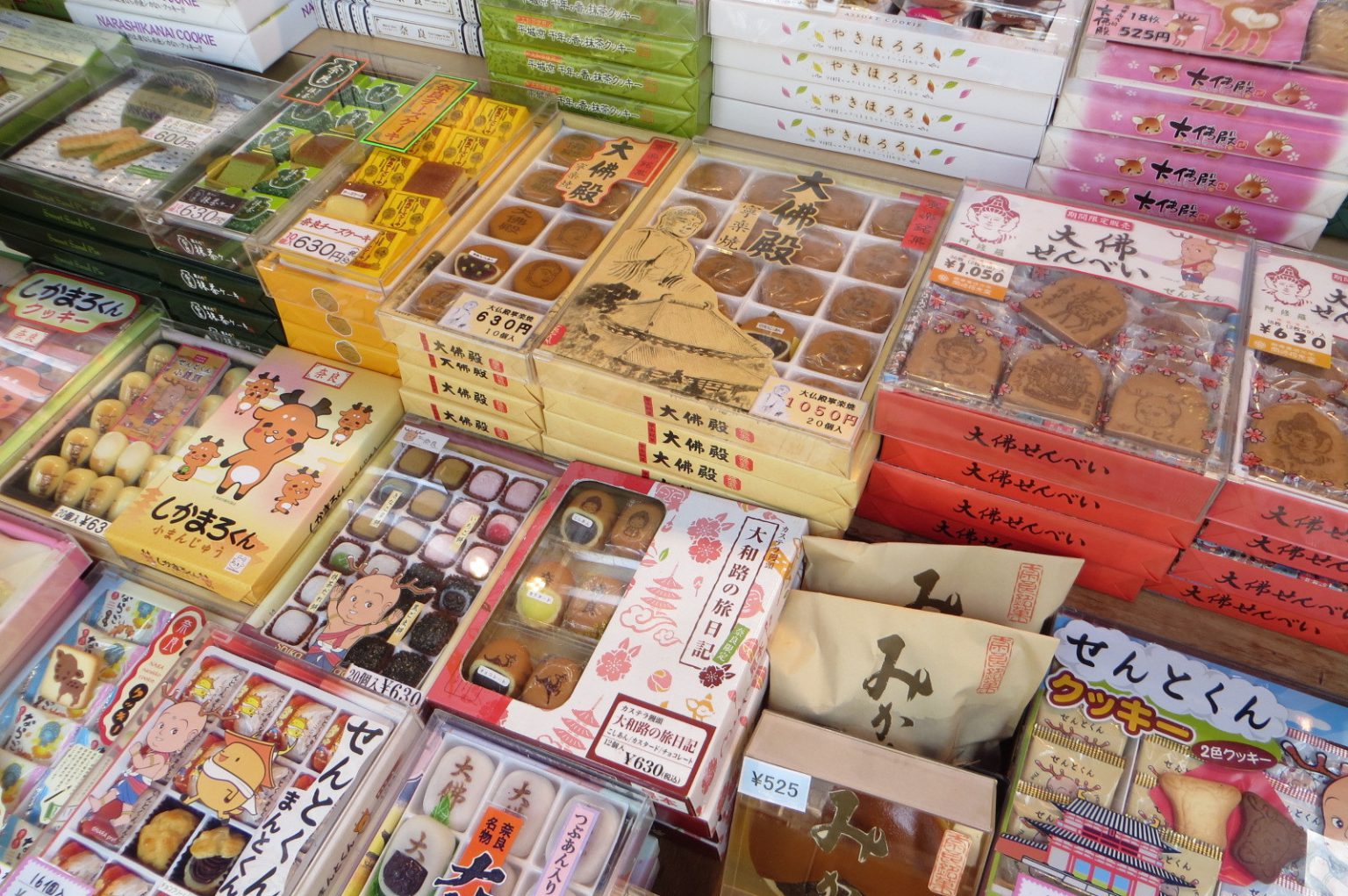What are Omiyage?
Omiyage is often defined as “souvenir,” but in Japan omiyage are not something you only give when you come back from vacation. There are many customs surrounding omiyage, and following them can be a great way to connect with your coworkers. While following omiyage practices is a good idea, you are not technically obligated to do so, and most people will understand that you are a foreigner, and therefore your customs and understanding are not the same, so don’t worry too much if you forget about omiyage or are unable to bring them.
When to give Omiyage
Omiyage are typically given when you start a new position at a new location and some people even give them when they leave. When going on long or long-distance trips, particularly if these require you to take paid leave, it is normal to purchase some sort of omiyage for your coworkers. Many Japanese people will even purchase omiyage if they take a “personal day,” although this varies by person. To truly figure it out, watch around your office—when small snacks appear randomly on your desk after someone has been absent or after holidays, you’ll pick up on the proper time to give omiyage
What to give for Omiyage
Omiyage can come in a variety of forms, but the most common is a small snack. If you give an inedible object, especially one that costs more than a little money, your coworkers may feel obligated to keep or use it…imagine the buildup this would cause over the years, particularly if you work in a larger office! Edible snacks are easily used and are also cheap and easy for the giver, so they are the most common. The following guidelines can help you with your Omiyage planning.
- Non-edible or larger/more expensive edible objects – in general, you don’t give these, unless its to your principal/supervisor/etc the first time you meet them.
- Region-specific – a common first omiyage from foreigners is something from their home country and reason and representative of that reason. Cookies, teas, crackers, candies, etc, are good examples.
- Edible – as mentioned above, edible snacks are the safest, although it’s not obligatory that your omiyage be edible.
- Safe – your regional specialty might be peppers that can make the strongest man cry, but something that’s going to send your coworkers running for water isn’t the best option. Similarly, things that contain common allergens (example: peanuts) are more easily avoided. If you have anything that may require a warning (allergy, spice, otherwise), it’s best that you explain this when you give the Omiyage.
- Be prepared for questions – omiyage can be conversation starters, especially if you have Japanese ability or your co-workers have English ability.
- Individually wrapped – this is the safest bet by far. If you bring something that isn’t individually wrapped, it’s best to consult someone in your office on how to distribute them, as Japan’s customs and opinions on passing out unwrapped food may be different than you’re used to.
- Bring enough – the chances of needing less than 10 omiyage is very rare, unless you are giving only to very specific people. Consult your C.O. or predecessor for a better idea, and when in doubt, bring more than you think you might need.

